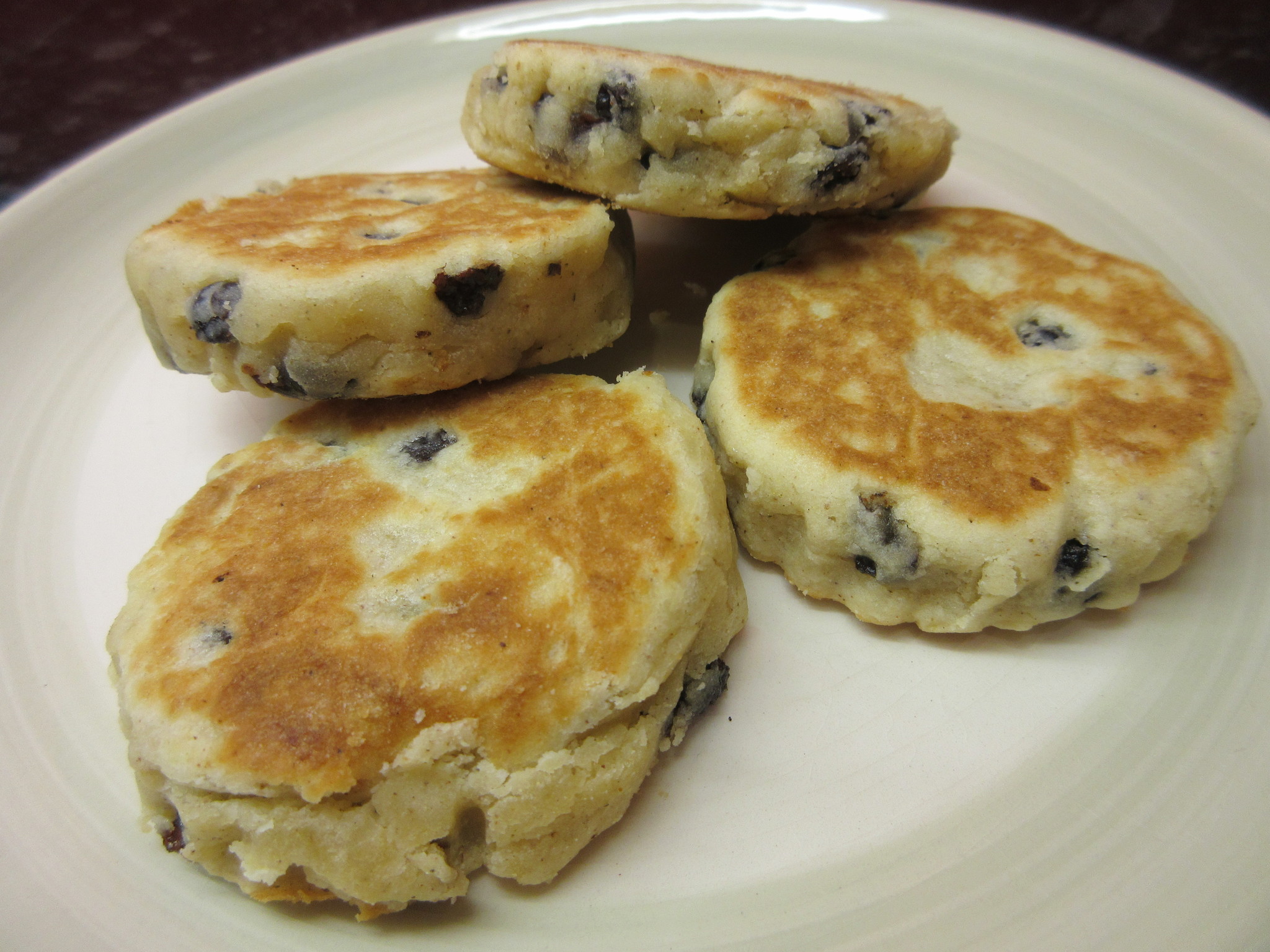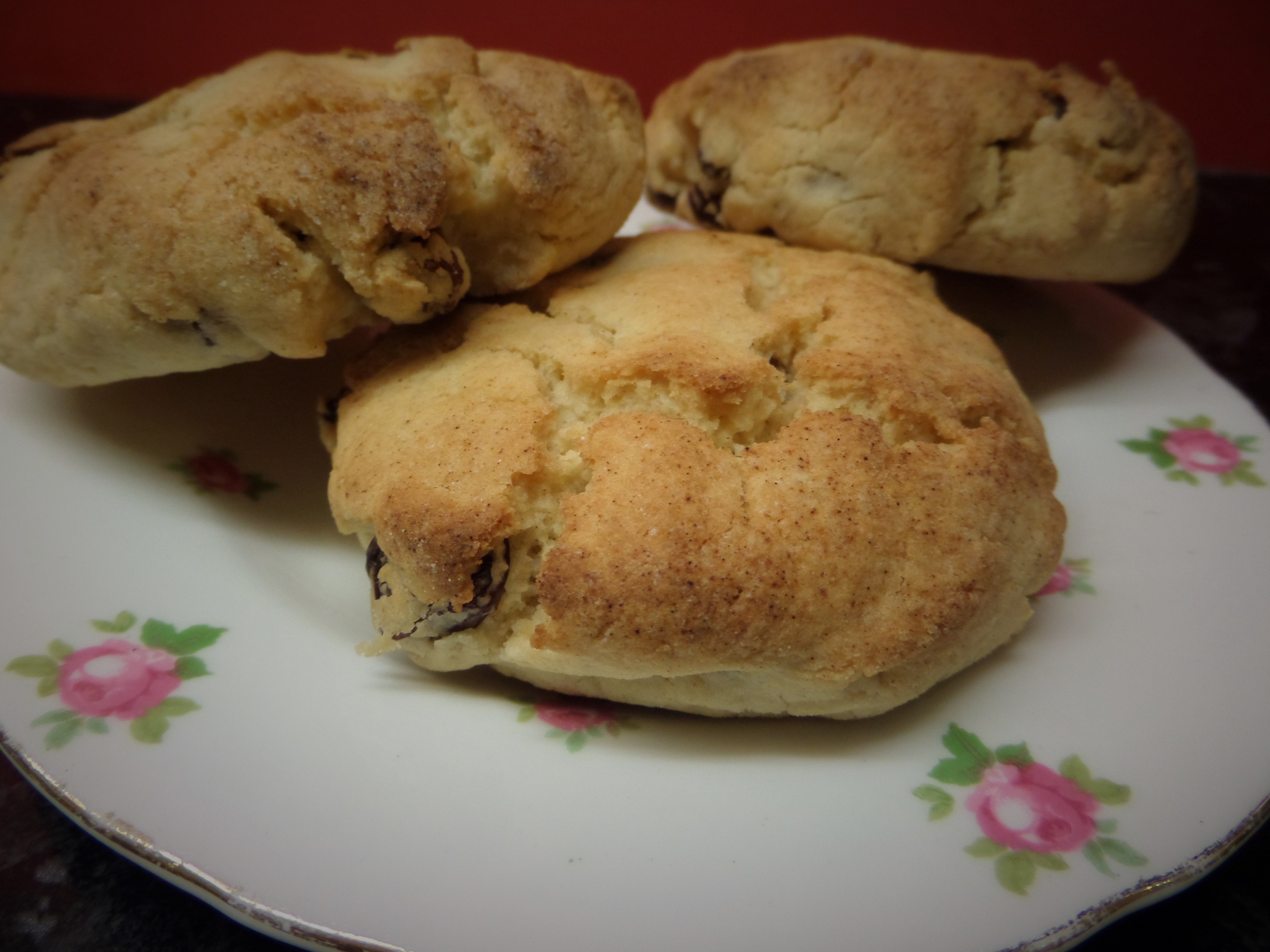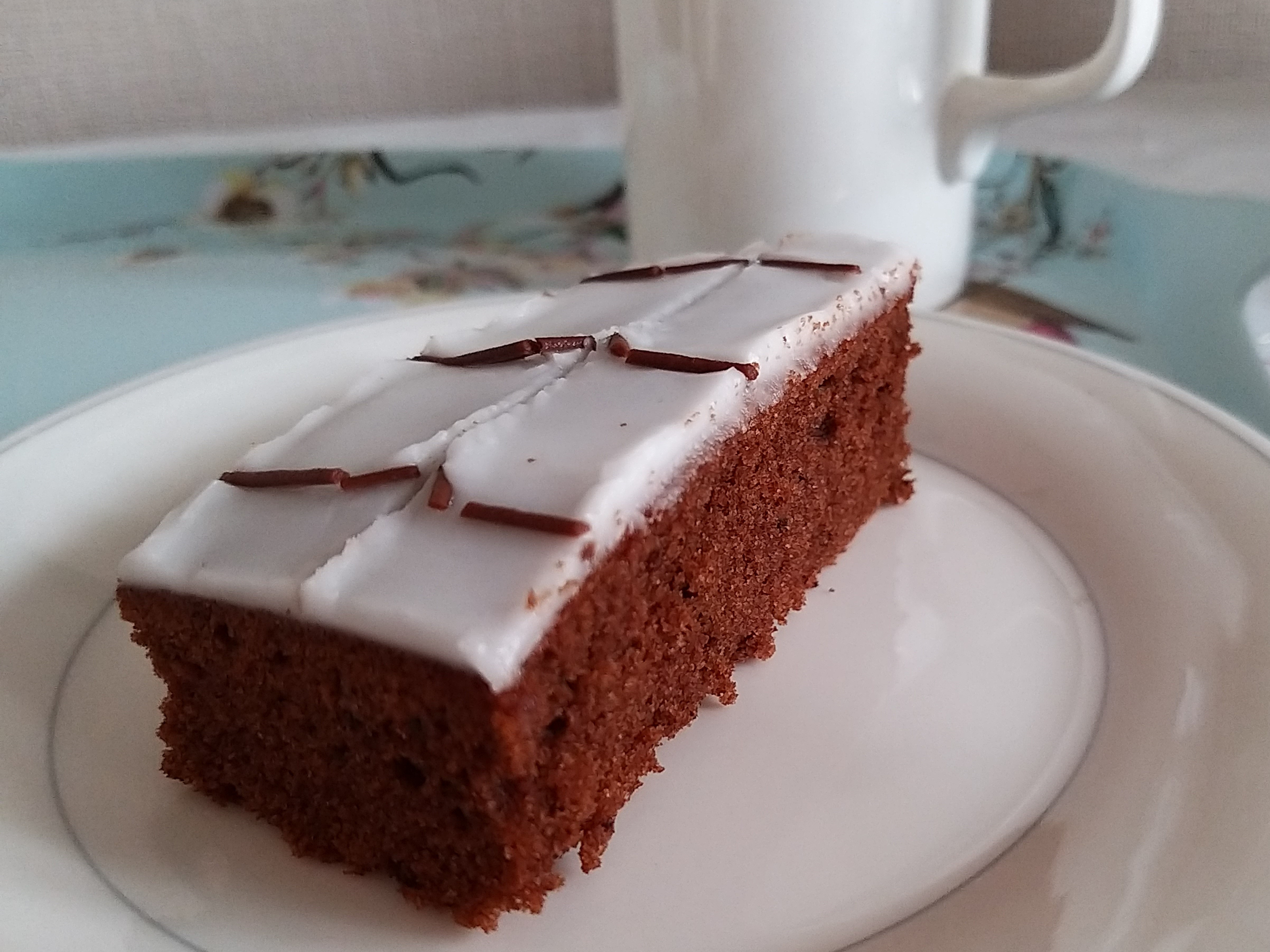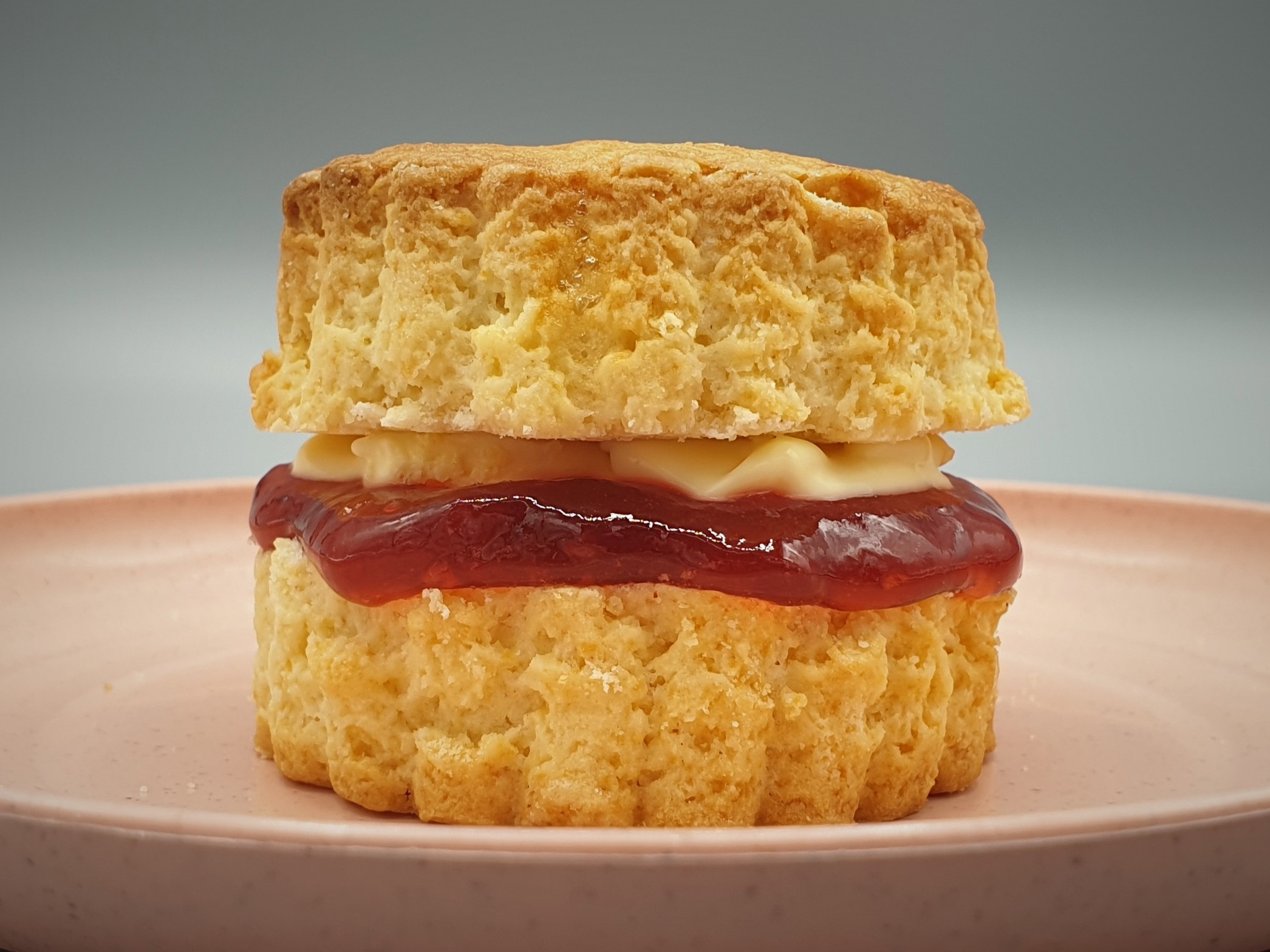



If you have a traditonal griddle great, if not then a heavy cast iron frying pan can be used. The modern non-stick pan is a little more tricky as it is easy to burn the Welsh cake.

1 Start by sieving the gluten-free flour and baking powder into a large mixing bowl and add the sugar and mixed spice. Cut up the butter and add to the bowl. Use your hands to rub it all together until you get a fine breadcrumb consistency. Mix in the dried fruit, then make a well in the centre of the mixture and crack in the egg. Add a splash of milk and use a fork to beat and mix in the egg.
2 Once combined, use your clean hands to bring the mixture together until you have a dough. Don’t work it too much.
3 Dust a clean surface and a rolling pin with gluten-free flour and roll the dough out until it’s about 1cm thick. Use a 5cm pastry cutter to cut out as many rounds as you can.
4 Put a large heavy-bottomed non-stick frying pan on a low to medium heat (see my tip for the best pan). To test the temperature, cook one Welsh cake in the pan for a few minutes to act as a thermometer. If the surface is blonde, turn the heat up a little; if it’s black, turn the heat down – leave for a few minutes for the heat to correct itself, then try again. When you've got a golden cake after 2-3 minutes on each side, you know you’ve got the temperature just right and can cook the rest in batches of 3.
5 As soon as they come off the pan, put them on a wire rack to cool. You can serve them just like this, as they are or dust with a little caster sugar

A timeless cake that has graced the afternoon tea table for many years and many years to come

Exactly what you get when you cross a rock cake with a cookie

A light vanilla sponge sandwiched between layers of jam and cream - delightful!

My chocolate sponge recipe with a simple icing designed for kids parties or easy afternoon teas

Whichever way you put the jam and cream on, scones always make the most delightful afternoon tea